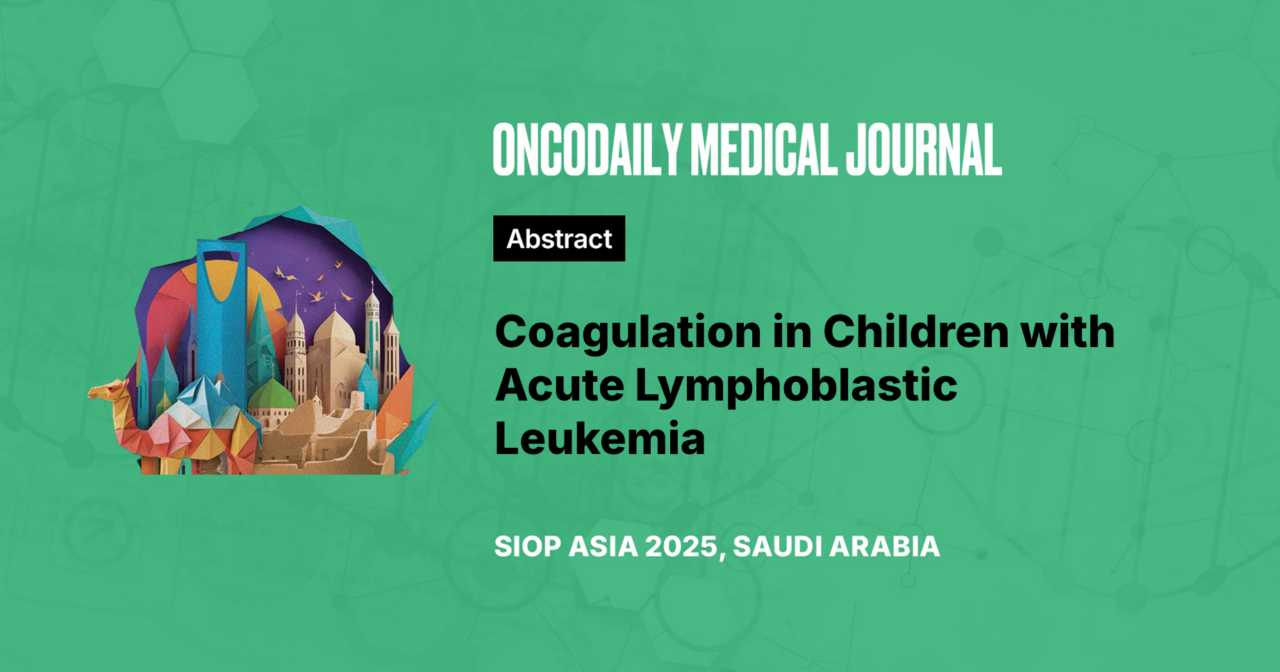Coagulation in Children with Acute Lymphoblastic Leukemia
Abstract
Introduction: Thrombosis is a common problem in patients with Acute Lymphoblastic Leukemia(ALL). Reported rates vary from around 6-36% for symptomatic events and to overall rate around 70%. The aim of this study was to estimate the hemostasis system in patients with ALL during therapy with asparaginase.
Methodology: The research recruited 117 children (74 boys,43 girls,1-17 yr, median 5 yrs) with ALL undergoing treatment according to the ALL-MB-2015 protocol. Clotting times (APTT,PT,TT),fibrinogen, ATIII, D-Dimer, thromboelastography (TEG), thrombodynamics (TD), thrombomodulin(TM), endothelin-1(ET-1) levels in points before and 1 day after asparaginase admission were used to asses the hemostatic state in patients.
Results: The thrombotic complications occur in 58(56%) of patients but only 6% were symptomatic. Standard clotting times reveal hypocoagulation in nearly 50% of points due to not be sensitive to hypercoagulation. TEG parameters were normal range in nearly 60% of points and 40% of points were in hypocoagulation area due to decrease of the platelets count. ATIII and fibrinogen were going down after asparaginase admission that revealed hemostatic imbalance between procoagulant and anticoagulant function. TD revealed hypercoagulation in 81% of points.
If patients have hypercoagulation by TD and no D-dimer increases they had nearly 50% of thrombotic complications despite ATIII levels. If patients had increased D-dimer levels the percentage of thrombosis was much lower (nearly 12%). There were high TM and ET-1 levels in thrombosis group that can be the evidence of endothelium dysfunction during ALL treatment. There were high TM and ET-1 levels in thrombosis group that can be prooved the endothelium dysfunction during ALL treatment.
Conclusion: The lysis mechanisms of hemostasis may be «broken» in ALL patients during treatment that lead to no D-dimer elevation during thrombosis. Endothelium dysfunction was proved by high markers levels (TM,ET-1).The reduced lysis potential confirmed by low ATIII, normal D-dimer and hypercoagulation by TD is the hypothetic laboratory markers of prediction of thrombosis in children with ALL.





